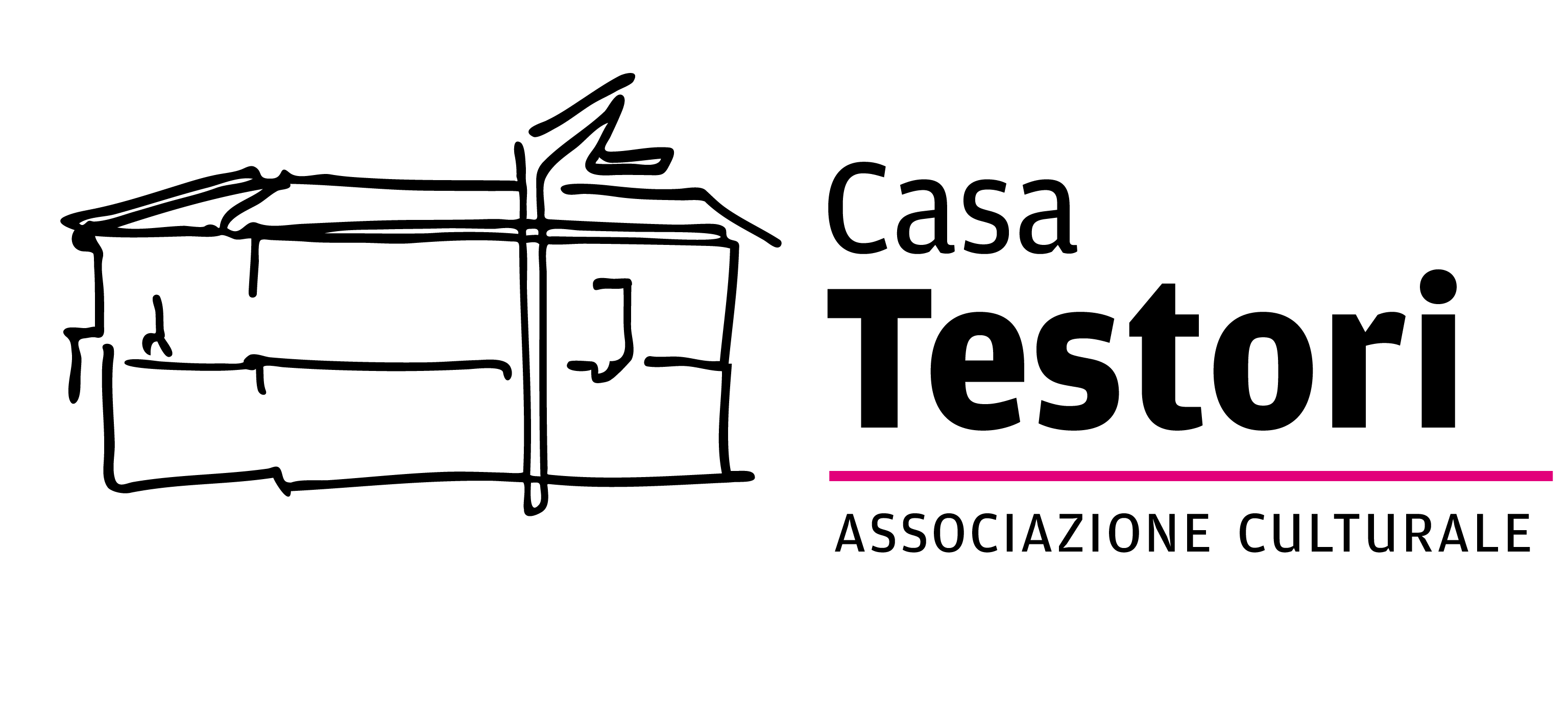ALWAYS GUESTS
Margaux Bricler, born in France
The intentions underlying Margaux Bricler’s installation have been modified by the work itself. Originally, in fact, it was to suggest the absence of a body. This was implied by the wooden structure, by the slight impress of a silhouette conserved by the clay and by the decomposed mantle, symbolizing a sudden awakening, perhaps in the middle of the night, of a restlessness not assuaged by sleep or dreams. This project, which we wish to keep in mind in order to show the relation between intention and creation, altered over time and is even now acquiring a new conformation. The installation, as we now see it, evokes a single bed, of normal size except for the unusual height, recalling the structure of the Sleeping Hermaphrodite, in the version conserved at the Musée du Louvre of Paris, the mattress of which Gian Lorenzo Bernini sculpted with a surprising wealth of detail (1620). In Bricler’s work, the mattress becomes the body. The layer of clay, chosen also for its reference to the creation and decay of every material, reveals its own existence, its own life in the work. There is not only the memory of the body, therefore, as was originally intended. There is another body, the essence of a body that needs neither form nor semblances to prove its vitality and energy. It makes its presence felt with its own pungent odour as we enter the room. Its movements and fractures are an index of the impossibility of any container to resist its content. At the beginning of the exhibition, the layer of clay was uniform on the wooden surface, its classical composure accentuated by the alabastrine mantle, the consistency of which plays an optical trick on the viewer – is it marble or skin? With the passing of time, however, the material has gradually assumed a life of its own, proclaiming its own presence. At the same time, the widening cracks emphasize the idea of something precarious, transitory. An increasingly sepulchral image has increasingly emerged, suggesting an object with a presence of its own lasting for centuries. A table? A bed? A tomb?
Mohamed Keita, born in Côte d’Ivoire
Among Mohamed Keita’s photos, J’habite Termini is a selfportrait. The photographer immortalizes his baggage when he arrived in Italy. These suitcases might be a face and a bust, they substitute his members, without rhetoric, without exaggerated contrasts. A foreground against a scarcely defined background, a place of passage, anonymous, where the faces mingle, people hurry by, without stopping. Two bags and a box relate the departure from Côte d’Ivoire, a long journey and the arrival in Rome.
Posted on: 12 November 2021, by : Alessandro Ulleri


